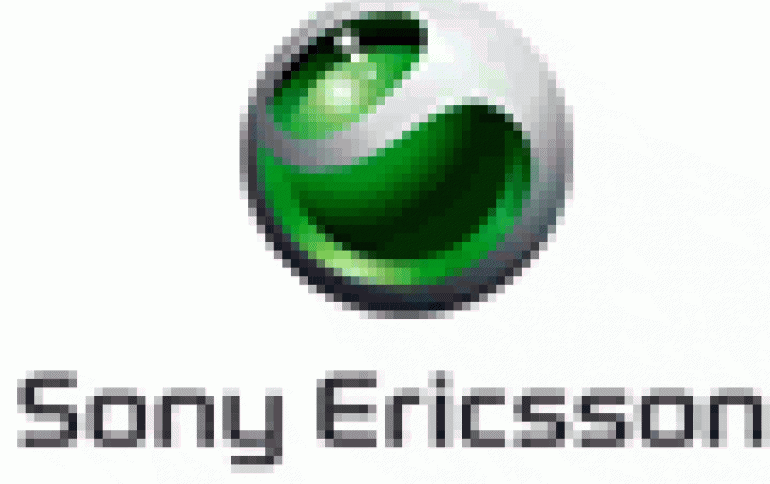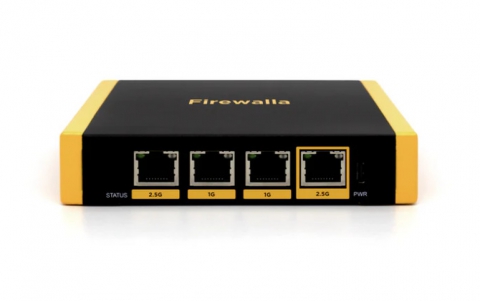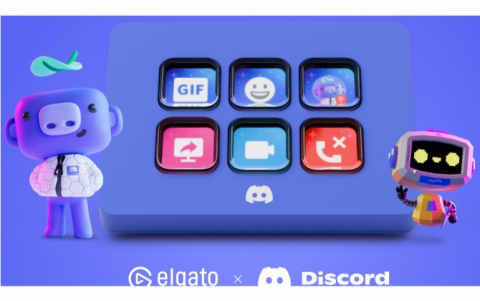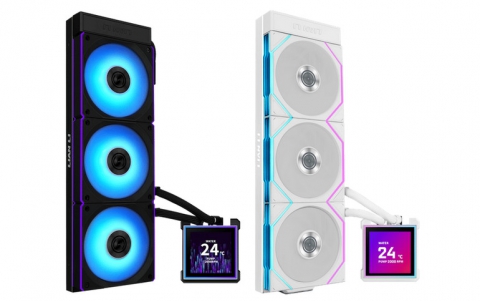
Sony Ericsson Achieves Gaming Performance with new Java Platform 7 Mobile Phones
Sony Ericsson today revealed the ingredients of its Java Platform 7, the leading and backwards compatible developer platform for creating games and imaging applications for Sony Ericsson mobile phones.
Sony Ericsson's Java Platform 7 (JP-7) supports a range of Java
Specification Requests (JSRs), including Advanced Multimedia Supplements
(JSR 234) for enhanced camera and image handling. It is now possible to
control the camera exposure (i.e. the amount of light on the image sensor),
the focus, zoom functionality and the camera's flash from a Java ME-based
application as well as rotating the camera image. The ability to record
video and very precisely control frame-by-frame location, allowing the
end-user to move around in the video, is also offered by JP-7 based
phones. All these capabilities can now be controlled from a Java ME-based
application, opening up possibilities for new creative imaging applications
from the global third party developer community, benefiting the consumer.
Through new generation hardware with faster CPU, better optimized software supporting floating-point operations and improved critical graphics primitives for 2D and 3D graphics, Sony Ericsson has also managed to take a huge leap in performance and speed, significantly improving game-playing experience and leaving current competition far behind.
Sony Ericsson has increased the quality of the Java performance on its phones by spending more engineering time on development, analyzing the source code of third party technology like Fishlabs ABYSS game engine, and testing of software implementations. The Java development team has also made bug fixes and performance upgrades in general for JSR-184 and the Mascot Capsule v3 API for JP-7 phones.
Increased memory is now available in the phones (> 5MB heap possible), allowing more graphics heavy and higher quality games to be developed. Sony Ericsson also supports a new, optional control in the JSR-135 Mobile Media API with JP-7. With the so-called TempoControl, developers can control the tempo and rate of a MIDI file, typically used as in-game music and sound effects.
With JP-7, Sony Ericsson is the first handset manufacturer to introduce support for multiple simultaneously running Java applications in a single virtual machine on mass-market mobile phones.
Through new generation hardware with faster CPU, better optimized software supporting floating-point operations and improved critical graphics primitives for 2D and 3D graphics, Sony Ericsson has also managed to take a huge leap in performance and speed, significantly improving game-playing experience and leaving current competition far behind.
Sony Ericsson has increased the quality of the Java performance on its phones by spending more engineering time on development, analyzing the source code of third party technology like Fishlabs ABYSS game engine, and testing of software implementations. The Java development team has also made bug fixes and performance upgrades in general for JSR-184 and the Mascot Capsule v3 API for JP-7 phones.
Increased memory is now available in the phones (> 5MB heap possible), allowing more graphics heavy and higher quality games to be developed. Sony Ericsson also supports a new, optional control in the JSR-135 Mobile Media API with JP-7. With the so-called TempoControl, developers can control the tempo and rate of a MIDI file, typically used as in-game music and sound effects.
With JP-7, Sony Ericsson is the first handset manufacturer to introduce support for multiple simultaneously running Java applications in a single virtual machine on mass-market mobile phones.


















